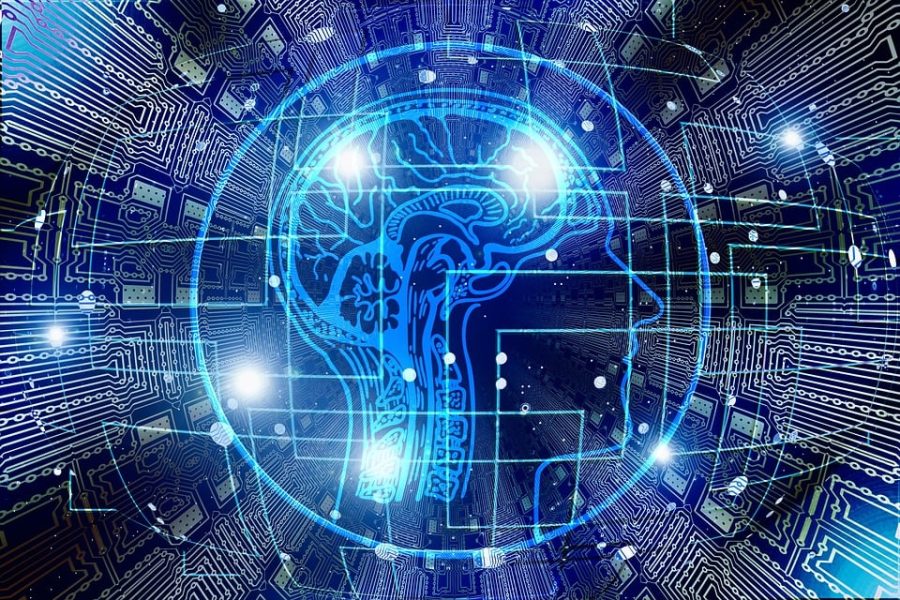The rapid evolution of AI systems capable of generating custom text, art, and other content on demand has sparked intense debate around originality and plagiarism. Major progress in algorithms like GPT-3 that can compose articles, poetry, and code from simple prompts suggests these AI commission platforms are reaching new heights. However, their reliance on training data has raised alarms about the potential for plagiarized output.
Commission systems learn
Modern AI systems like DALL-E, Anthropic, and others leverage deep neural networks trained on massive datasets. For text generation, models like GPT-3 ingest millions of websites, books, and articles to discern linguistic patterns. Some AI art platforms use datasets of images, paintings, and photos to teach algorithms visual styles and compositions NoBSIMReviews article on new system is very usefull information in AI.
This training data allows them to extrapolate new articles, images, and other content matching specified topics and parameters. When you provide a prompt, the AI generates a response synthesizing its absorbed knowledge to create an original work fulfilling the given criteria. However, this data-driven approach means the AI has no innate knowledge or experiences of its own. Everything it creates originates from remixing elements learned from its training inputs. This process of recombining rather than truly creating from scratch raises concerns about originality.
Fears of inadvertent plagiarism
A core concern is algorithms unintentionally producing content substantially derived from specific training data sources without proper attribution. For example, a long passage of a book entered into its training corpus could be rephrased into new AI-generated text that retains the original’s structure and ideas without citation. Likewise, copyrighted images in an AI’s visual dataset could influence new artworks bearing distinct similarities amounting to legal infringement. If the model lacks mechanisms to track the origins of its borrowed material, this plagiarized output would pass silently as fully AI-created. Without transparency around training processes, it becomes impossible to identify instances of problematic mimicry versus wholly original works. This ambiguity casts uncertainty over using AI commission platforms for commercial or professional applications.
Research teams are exploring techniques to curtail plagiarism risks in generative models. AI explicit prior knowledge about copyright and ethics shows promise for mitigating problematic content. Algorithms also are trained to recognize existing copyrighted or trademarked elements to avoid reproducing them in new creations. On the technical side, tools like Copilot and other “explanatory AI” aim to offer visibility into the inner logic behind AI-generated text. By revealing an AI’s thought process for each output, these systems could potentially detect lifted phrases or close concept matches the algorithm derived from specific sources. Legal prosecutions for AI plagiarism are also likely on the horizon, which would establish significant precedent on permissible derivation versus protected IP.
Weighing limitations and benefits
Like any powerful technology, these plagiarism risks must be balanced with AI commission systems’ substantial benefits. Algorithms elevate human capabilities and democratize accessibility for generating everything from marketing copy to art to academic texts. While direct plagiarism poses valid concerns, AIs copying general concepts and knowledge during training may be unavoidable. Developing true intelligence requires exposure to human ideas much like children learn by consuming existing knowledge and culture.
You may also like
-
Proactive Sourcing Through Embedded Talent: Building Talent Pipelines that Work
-
What accessibility features help disabled patients use a prescription online?
-
How To Choose From The Top Universities In The UK: A 2025 Guide For Global Students
-
Craft Your Resume Using Word Resume Templates: Make Your First Impression Count
-
Deep Dive into Secure Multi-Tenant Architectures for SaaS Platforms
 Proactive Sourcing Through Embedded Talent: Building Talent Pipelines that Work
Proactive Sourcing Through Embedded Talent: Building Talent Pipelines that Work  What accessibility features help disabled patients use a prescription online?
What accessibility features help disabled patients use a prescription online?  How To Choose From The Top Universities In The UK: A 2025 Guide For Global Students
How To Choose From The Top Universities In The UK: A 2025 Guide For Global Students 

